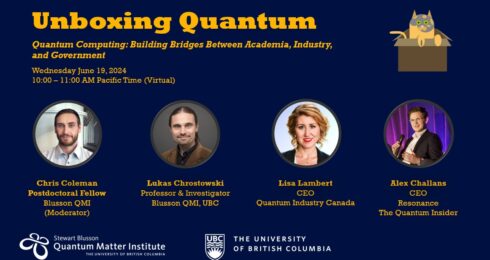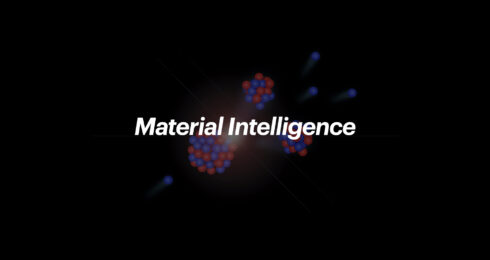Material scientists at the University of British Columbia’s (UBC) Stewart Blusson Quantum Matter Institute (Blusson QMI) have introduced, by design, new topological features into a newly discovered superconducting material called KTaO3 (KTO). The study was published in npj Quantum Materials.
KTO, which belongs to a class of oxide materials known as tantalates, has gained popularity among researchers since 2021 when two-dimensional (2D) superconductivity was discovered on its surface.
“This is probably one of the first instances that topological features have been observed in this material,” said Assistant Professor Ke Zou, who leads the research team.
“We’ve added another material on the surface of KTO to be able to control its properties, and our design has revealed the topological features we hoped to see,” Dr. Zou said.
Electrons come together in pairs to move through a superconducting material. This behaviour, known as Cooper pairing, allows the pairs to move without any collision, or in other words, with zero resistance. In topological superconductors, the pairs enjoy an extra layer of protection (provided by the topology) that makes them immune to certain deviations or ‘perturbations.’
“A major issue with the current generation of quantum computers is decoherence. Topological superconductors are a prime area of study for building quantum computers that could be potentially immune to decoherence,” said Dr. Zou. “Of course, we are yet to confirm if the superconductivity and the topological features are indeed coupled in the material we are studying.”
The study tackles two of Blusson QMI’s Grand Challenges—engineering exotic phases in two-dimensional (2D) materials, and pushing the boundaries of Noisy Intermediate Scale Quantum (NISQ) computing by focusing on quantum materials—a program aimed at activating collaborations among different research groups at the institute.
“Blusson QMI is a great place to study novel quantum materials such as topological superconductors and to work with other researchers with niche expertise and capability in quantum materials research,” Dr. Zou said.
For example, this study builds on the findings of a world-renowned theory group led by Prof. Marcel Franz, who are expert in studying topological insulators, topological superconductors, Dirac and Weyl semimetals, and other topological or otherwise exotic states of quantum matter.
Dr. Zou continues to collaborate with Prof. Franz’s group and other experimental groups at Blusson QMI to confirm the findings of this study.
Dr. Zou’s group at Blusson QMI are experts in growing complex oxide and chalcogenide films. With access to research talent, specialized equipment and a world-leading research infrastructure, the group aims to achieve scientific and technological breakthroughs in new materials and new functional devices.
The group welcomes motivated undergraduate and graduate students and postdoctoral fellows and looks to expand research and development collaborations with the industry.
Authors
Yuting Zou, Hyungki Shin, Haoran Wei, Yiyan Fan, Bruce A. Davidson, Er-Jia Guo, Qihong Chen, Ke Zou, and Zhi Gang Cheng.
Declaration
The work at IOP-CAS was supported by National Key R&D Program of China Grant, National Natural Science Foundation of China (NSFC), Key Research Program of Frontier Sciences, and Beijing Natural Science Foundation. The work at UBC was supported by Natural Sciences and Engineering Research Council (NSERC) of Canada and Canada Foundation for Innovation (CFI).
Media contact: Shahrzad (Zad) Abbasi | 604 360 6761 | shahrzad.abbasi@ubc.ca


